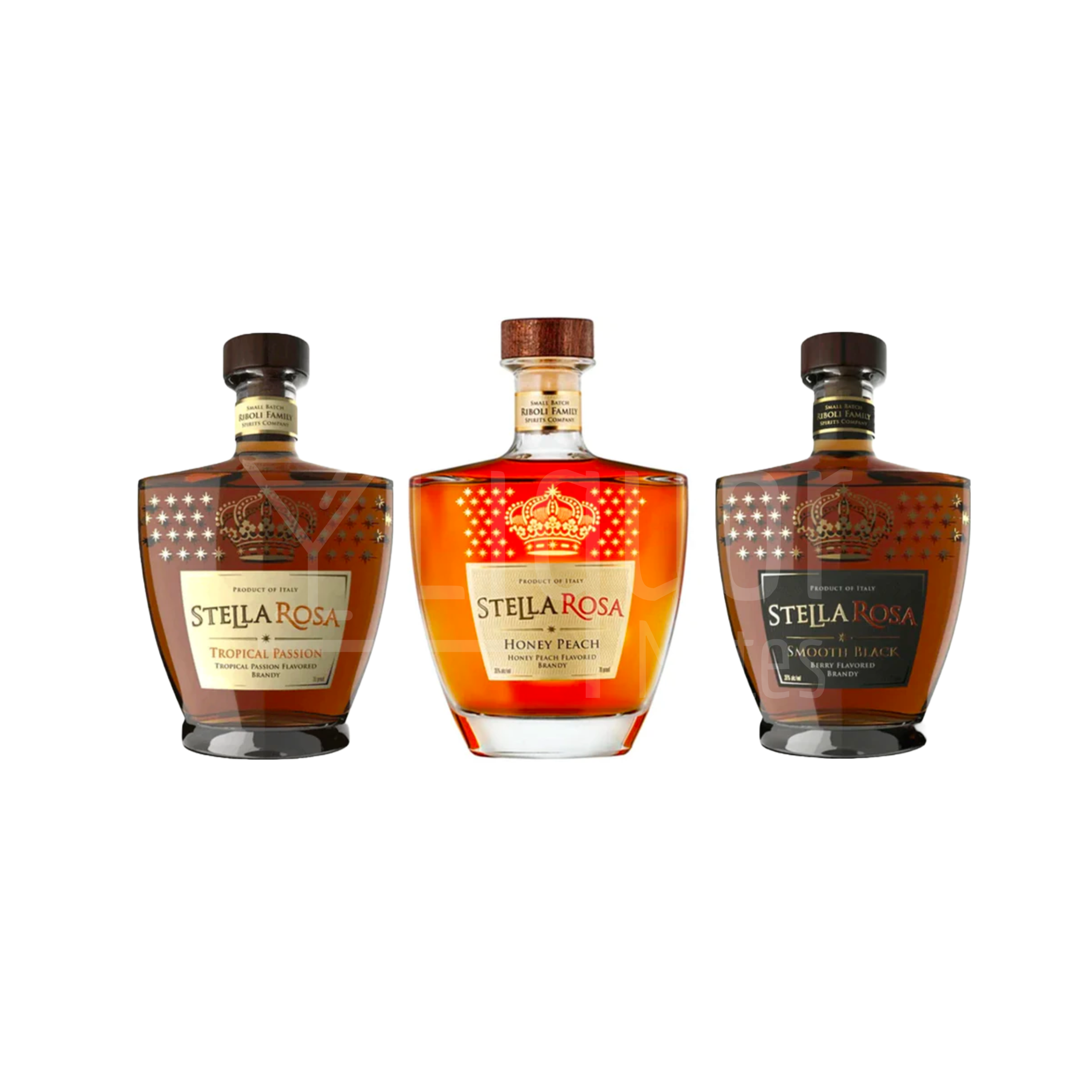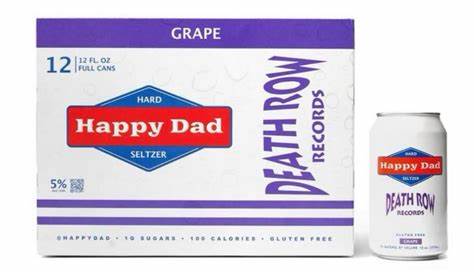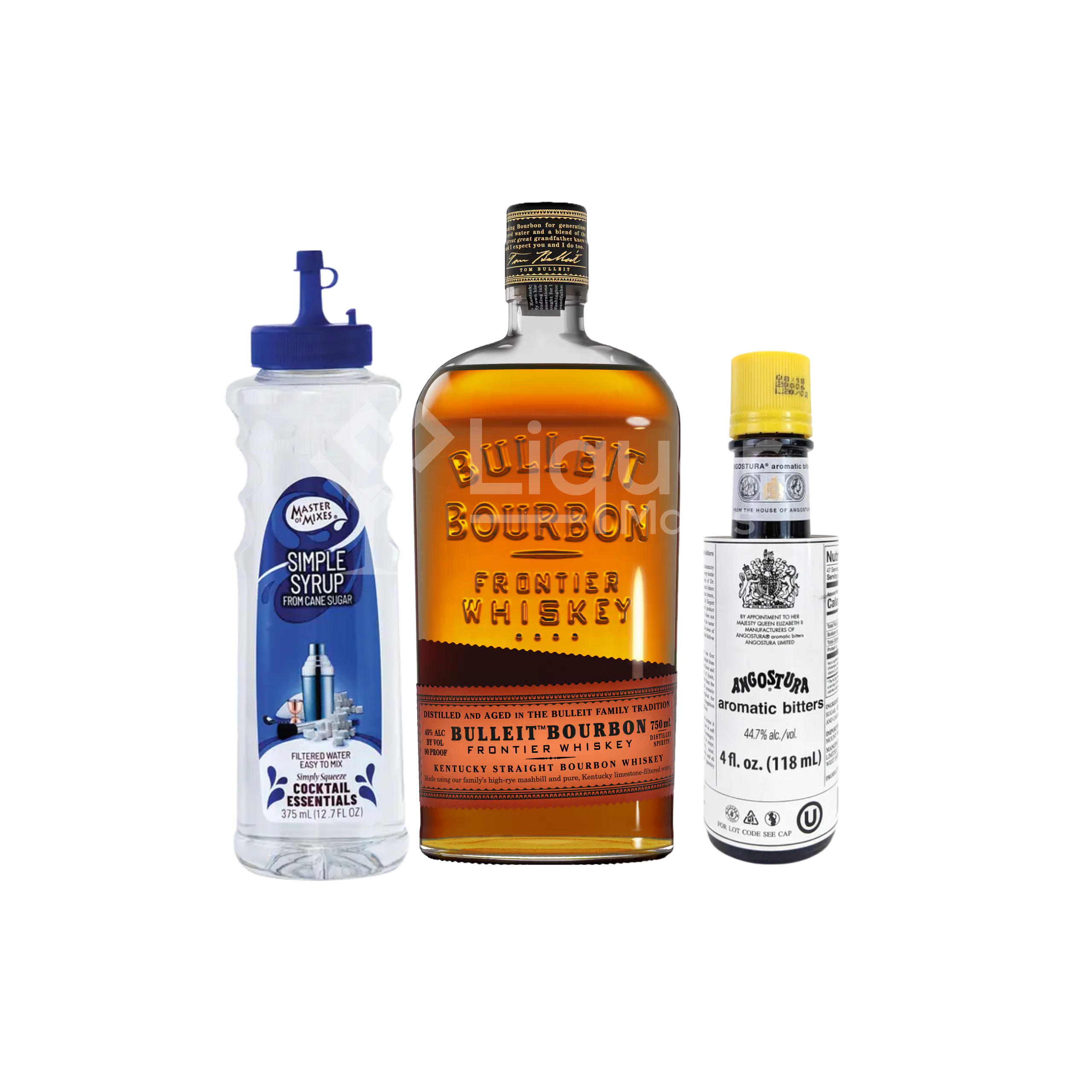How Much Old Forester Bourbon Was Used During the First Bourbon Boom
If you are familiar with bourbon, you are probably aware that Old Forester was the only bourbon company to continuously sell liquor before, during, and after the prohibition. And they don't just sit back and take it. The ingenuity that results from fusing their history and novel new ideas is a big part of what makes their legacy outstanding. "This is a brand that always finds a way to get back up and continue fighting, whether we're talking about the creation of America's First Bottled Bourbon, buying our first distillery, discovering how to turn a bottling line fire into an innovation, or making it through the Prohibition era," says Old Forester's Brand Ambassador, James Joseph. Old Forester is at the top of the whisky food chain thanks to its long history.
Before the Boom
Old Forester's important contribution to the first "Bourbon Boom" comes as no surprise. If you're not aware with the term, the Bourbon Boom refers to the market's acceptance of bourbon and its appeal from an economic perspective.
Many liquor businesses were unable to liquidate their bourbon inventories prior to the early 2000s. Years of waiting in line down Whiskey Row were required to purchase Old Forester's initial Birthday Bourbon release, which now sells out on the first day.
This figure from the US Distilled Spirits Council provides the clearest picture of the surge. You can observe the skyrocketing increases in whisky output here. Bourbon's popularity on the market since the early 2000s has spurred "bourbon hunting." People from all over the world come to Kentucky in pursuit of rare and distinctive whiskies that are exclusive to this state. The introduction of single barrels is a widely discussed factor in the bourbon craze. The impact of "Mad Men"? Or was it the emergence of cocktail culture and Kentucky Tourism's launch of the Bourbon Trail?
A Legacy of Firsts
Old Forester's history is bourbon's history. Bourbon was marketed in barrels and thought to have therapeutic properties back in the 1800s. These barrels were uncontrolled and occasionally included undesirable and even hazardous materials because the customer couldn't see through the wood.
That all changed when George Garvin Brown sealed his bourbon in glass bottles with the assurance that he alone was accountable for the whisky's purity and high caliber. The only factor contributing to its delicate flavor is the aged original fineness. Nothing on the market is superior.
The bourbon in a bottle caused a revolution. Brown unintentionally invented the first batch of bourbon when it was launched, which means he used three distilleries to preserve consistency. Old Forester bourbon became a go-to for both therapeutic and leisurely purposes.
The Bottled-in-Bond Act of 1897 established a new standard of excellence for bourbon. According to James Joseph, "Old Forester had been bottling a regular bourbon, but customers were starting to indicate their interest in Bottled-in-Bond products. To make sure we were producing the best possible product, we went out and acquired our own distillery.
Old Forester Ushers in the Bourbon Boom
Bourbon was making a consistent profit in 2002 thanks to enthusiasts and the recent return of cocktail culture. It seemed appropriate for Old Forester to share something special and one-of-a-kind as George Garvin Brown's 156th birthday drew near. Thus, Old Forester's Birthday Bourbon became a yearly custom.
These superb bourbons all came from the same barreling day or vintage. No other whisky firm had ever released a vintage-dated bourbon before Birthday Bourbon. According to James Joseph, "This is a really exceptional and unusual gift for our annual release" because it was only distilled on one day. By assigning a vintage, aficionados may sample how bourbon's flavor and body can alter over time due to factors such as time, weather, and even certain warehouses. The Birthday Bourbon continues to delight and surprise collectors and casual fans alike year after year while using the same mash recipe and distillation method.
Despite what Birthday Bourbon would go on to become, it was debuted in 2002 with minimal attention. However, rumors about this exceptional whisky began to circulate. According to James Joseph, it's true that there wasn't the same kind of anticipation when it first came out, but as time went on, more and more people started to understand what makes this phrase unique. Days before the September 2nd release, a queue started forming at the Old Forester distillery within a few years. An industry-wide boom was brought on by Old Forester's development of a vintage bourbon.
Launching the Whiskey Row series in 2014, the distillers and tasters made the decision to amp up the boom's excitement. This series provided a means for history fans, both novice and seasoned, to taste their way through the ages.
Each of the four expressions—1870 Original Batch Whisky, 1897 Bottled in Bond, 1910 Old Fine Whisky, and 1920 Style Prohibition Whisky—represents a distinct period in Old Forester's 150-year history. Unsurprisingly, these releases played a role in the rise of whisky flights.
The Bourbon Boom is still going strong, as you would have guessed from the DISCUS chart that was referenced before. Sales and allocations for distinctive bourbons have increased dramatically, and distributors, merchants, and distillers all report witnessing skilled line-holders on release days as well as a healthy resellers market. While fads in cocktail bars like waxed mustaches may have faded in this boom period, Old Forester's legendary history continues to inspire and pioneer novel whisky sipping techniques.
According to James Joseph, "We try to continue providing new, innovative items that satisfy the expectations of our devoted customers." "We're going to stay right there with the bourbon boom as it continues to grow."









Leave a comment